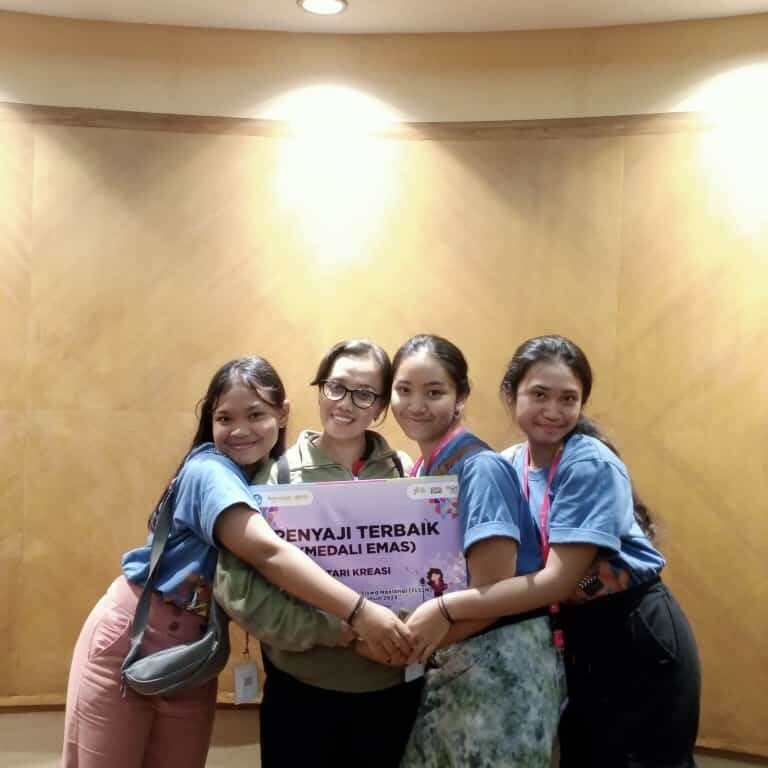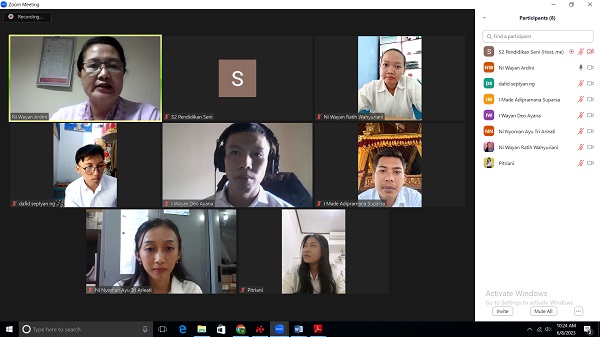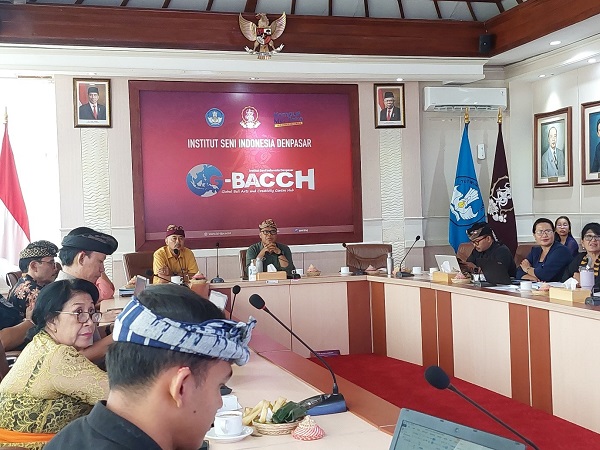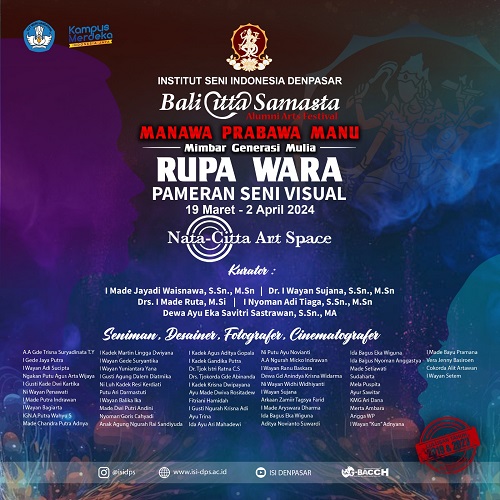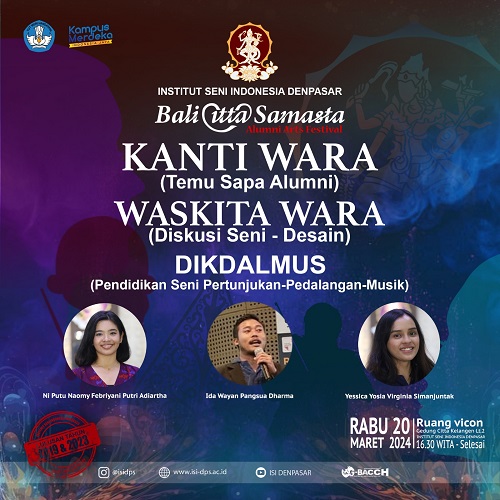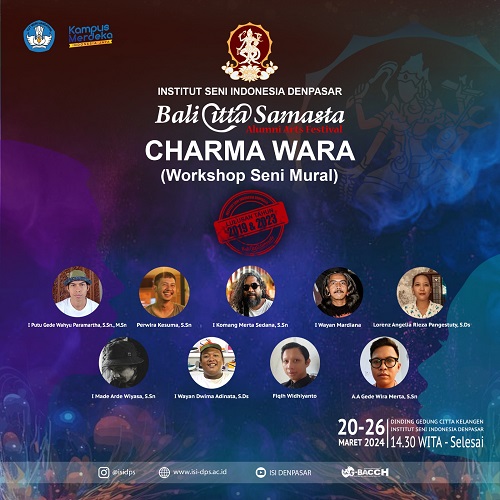Hindu Ritual Of Ngotonin In Bali
(A Discourse Analysis Approach)
By
I Made Rajeg, Luh Putu Laksminy, and Ni Luh Ketut Mas Indrawati
Balinese culture, in the course of its growth, has been passing a long road of history. It is mirrored by the firm bond of Balinese culture and Hindu since the beginning of the Anno Domini age, and by the integration within the skeleton system of national culture and modern era as well. (Mantra, 1993:11; Geria, 1995:91; Pitana, 1998:28-29).
Hindu, as one element of Balinese cultures, provides paths for Hindus to get closer to their Maker, their God; one of them is through Yadnya. The teachings related to yadnya is named Panca Yadnya, i.e. five kinds of yadnya ceremonies or sacrificing ceremonies. One of the ceremonies is Manusa Yadnya (sacrifice ceremony to humankinds). Ngotonin ritual, one kind of Manusa Yadnya, is carried out to humans in their age of six months, and is regularly held in the interval of the next six months during their lives. Ngotonin has a deeply religious emotion – not only a form of human effort to protect an individual and rinse the darkness of their thoughts out, but also to clean up the way humans think since it is believed only from the holly and purified humans’ thoughts are the positive ideas, which are beneficial for themselves and others, born they mark, with sometimes elaborate purification ceremonies. (Wenten, 1999:1-12, Upadesa (1978:63; Koentjaraningrat, 1985: 40-46; Eiseman, 1988: 84). The prayer produced orally in the process of ngotonin ritual is a language in use, whatever the form it takes and indicates the relationship between language, culture and structure, considering the social structure as one part of the social system. The spoken prayer can be recoded in written text and becomes the reflection of Balinese culture and give the identity symbol of ethnic groups if it is seen from its context of situation in which it is used.
It is very important that a text is characterized by coherence, it hangs together and an important contribution to coherence comes from cohesion as these sets of linguistic resources that every language has (as part of textual meta-function) for linking one part of the text to another. (Halliday and Hasan, 1976: 1). The text consists of some features of the context of situation. It is important for us to know the context of situation of a text. By knowing the context of situation of a text we will be able to predict what are other people going to say and by doing so we understand what he or she does say (Koentjaraningrat, 1985: 40-46, Halliday (1985). This study will concern with the function of spoken prayer that is recoded in written text by relates it to context of situation.
Download click here



